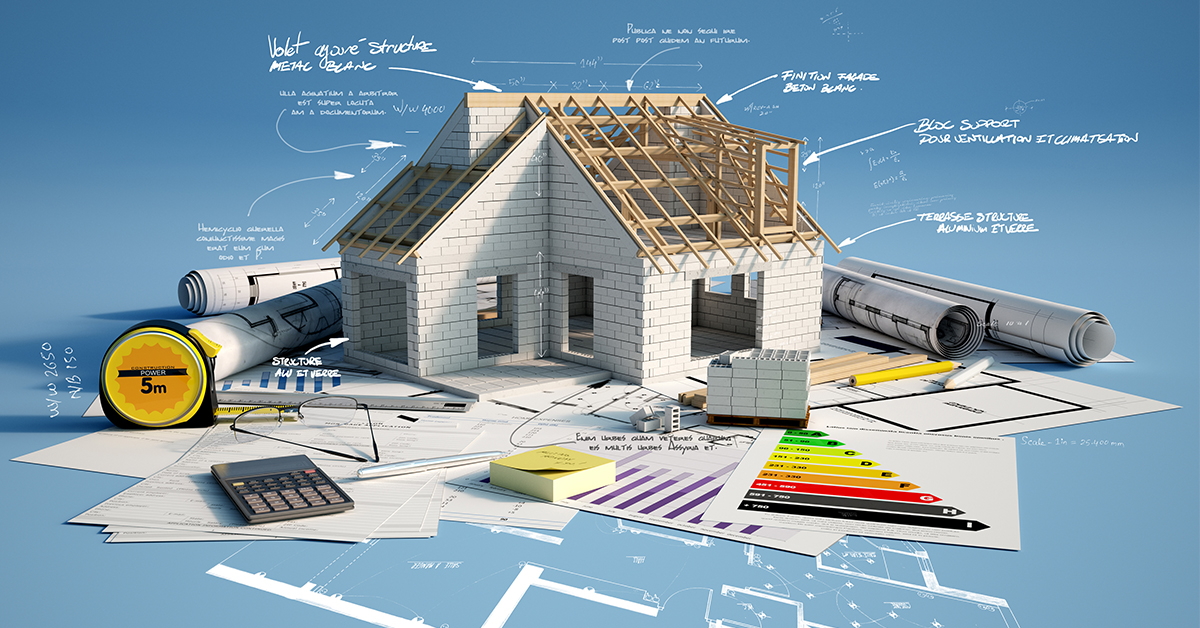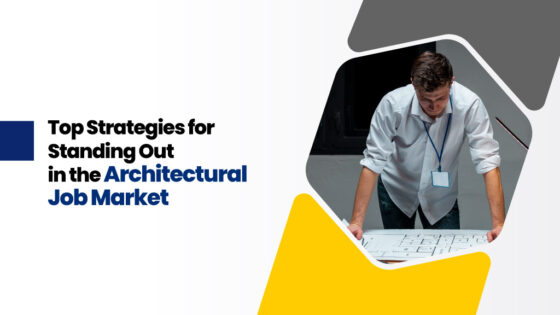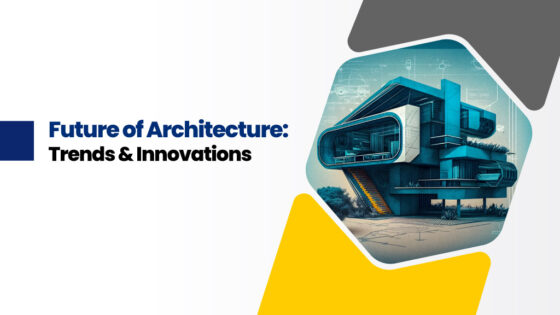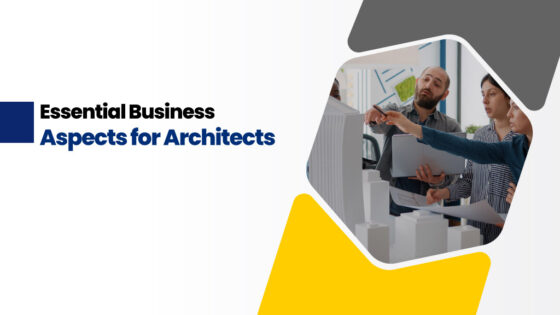Architects should have practical experience with how BIM software is used in the construction industry. It creates digital design simulations to manage all the data associated with an architectural project. Today, technology is improved and much needed in the AEC industry. Therefore, students of architecture colleges in Tamilnadu should know the importance of and learn these technologies to improve their career prospects. In this article, we compile the trends, benefits of BIM.
What is BIM?
The holistic process of creating and managing information in the construction field. It takes care of the complete process, from planning and design to construction and operations, by integrating the structured data to create a digital representation.
Latest BIM Trends:
1. 3D Printing: This technology has various applications in design companies, small-scale manufacturing, and engineers testing single-storey buildings. These technologies work based on additive manufacturing concepts and the type of material and technique used. BIM software allows personalization and makes the process easier for complex structures. You can develop accurate designs while at the same time reducing material waste and costs.
2. 3D laser scanning: It records information about the structure, like appearance and shape. It reduces human error and causes of delay in the projects. The best example is drone surveying for efficient data collection.
3. Artificial Intelligence: AI has great potential to boost the BIM software through automating repetitive tasks, clash detection, and material selection to improve efficiency and accuracy.
Benefits of BIM in construction:
You can get real-time experience when you get internship opportunities in companies or work on projects while you’re studying master of planning at a college in Coimbatore.
1. Accuracy and coordination
In the AEC industry, BIM has great potential for enhancing accuracy and coordination. How?
You can control the construction of systems virtually. The single 3D view elements can be used to verify the dimensions, identify potential issues, and cross check whether the components fit together as planned. This virtual construction project model is used to visualise the building process, recognise physical issues before they occur.
2. Reduction in costs and risks
These BIM models are more about staying on plan and within budget. As already said, BIM can reduce the clashes and issues that occur during the construction phase, which means it significantly reduces the cost and consumption of time.
In this case, BIM based estimation of costs is more accurate than the usual method and helps to omit those unnecessary costs.
The reduction of risks is that these simulations alert the project teams to understand and prepare a better plan and avoid cost delays.
3. Productivity and efficiency can increase.
With this BIM model, you can easily view and make the necessary changes to the project using the same virtual model. It enables effective collaboration and reduces the purchase of paper for drawings. Through BIM models, you can generate 2D drawings and schedules from the 3D model. It saves time and increases accuracy.
In this way, you can create models and test them for different designs and construction scenarios. This helps boost productivity and efficiency throughout the building lifecycle.
4. Sustainability BIM promotes sustainability. It reduces the negative effects on the environment, as the construction industry is responsible for the causes of pollution and waste. This digital modelling helps identify the potential issues that may increase waste or the need to use unusual resources. It means the BIM model develops more sustainable construction methods and materials.
5. Better Communication
The BIM model boosts communication between the project team members. Before BIM simulations in projects, the architects or members of the project used to have different software programmes and standards, which were difficult to share, causing errors and chaos because of unstructured schedules.
BIM uses an integrated model where all members of the project have access, which makes it easier. So, whenever there is change, we need to access, share, and find the data that is required by all the members involved in the project.
So, it saves time and improves the quality of communication among the project team members.
Risks of Building Information Model:
1. Legal uncertainties: It is quite difficult to comprehend how BIM has an effect on the contract between different project stakeholders and the risks of its disclosures to each party.
2. Lack of acceptance: Some of the members still do not have an idea about the BIM model and the benefits that it implies for the project. And still thinks that implementing it in the BIM model is an unnecessary cost and waste of time.
3. Possibilities of error: It is common to have an error when using the BIM model for the first time. And you need to spend more time creating the detailed model, which may negatively affect the schedule and budget.
Challenges and opportunities in BIM implementation:
When implementing BIM, the investment could be high due to the requirements of software, training, hardware requirements, and new roles. The b arch colleges in Coimbatore that allow their architects to work or get experience from industries or companies may understand the challenges. Even if you find necessary changes, there might be various questions about applying BIM to the project. Secondly, the project may differ from one client to another. So, without guidelines, it would be tough to manage. Some clients may not consider BIM models when the project doesn’t require them because of the size of the project.






